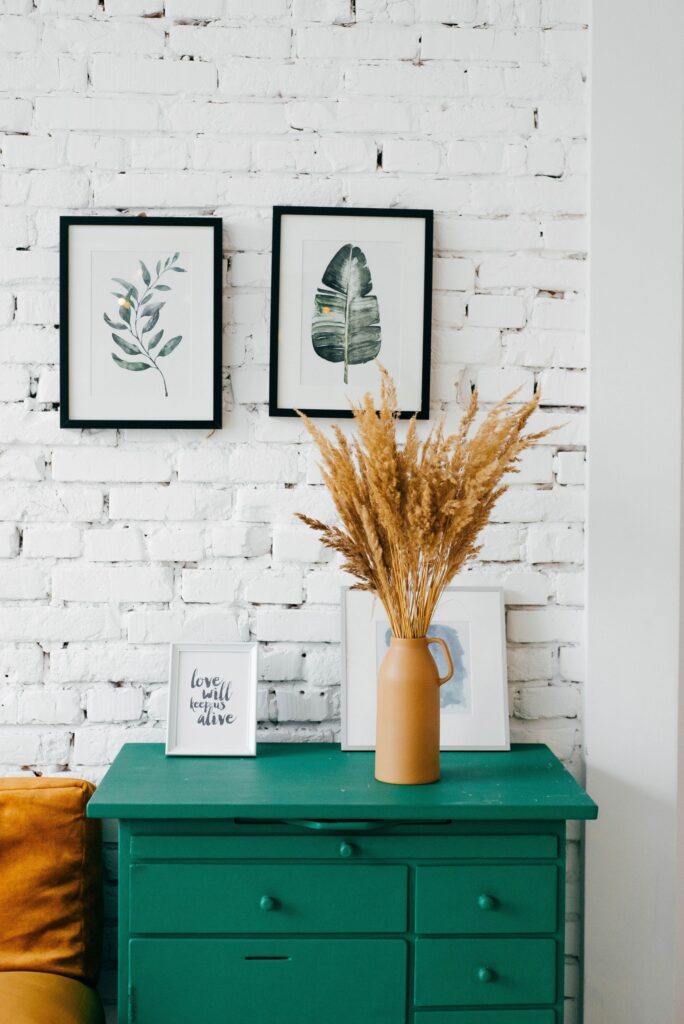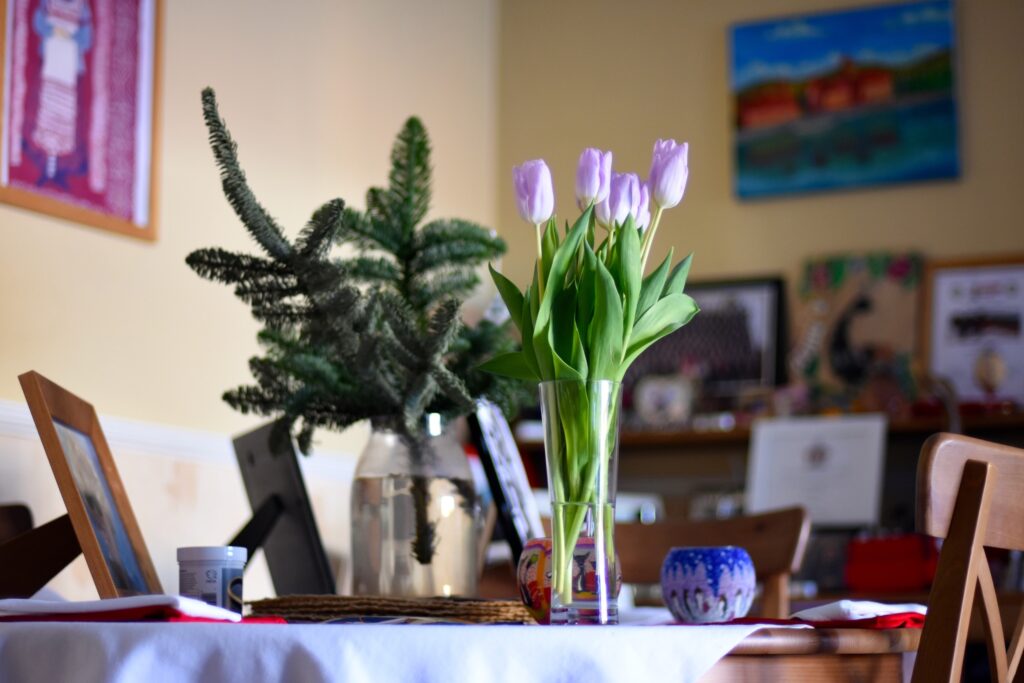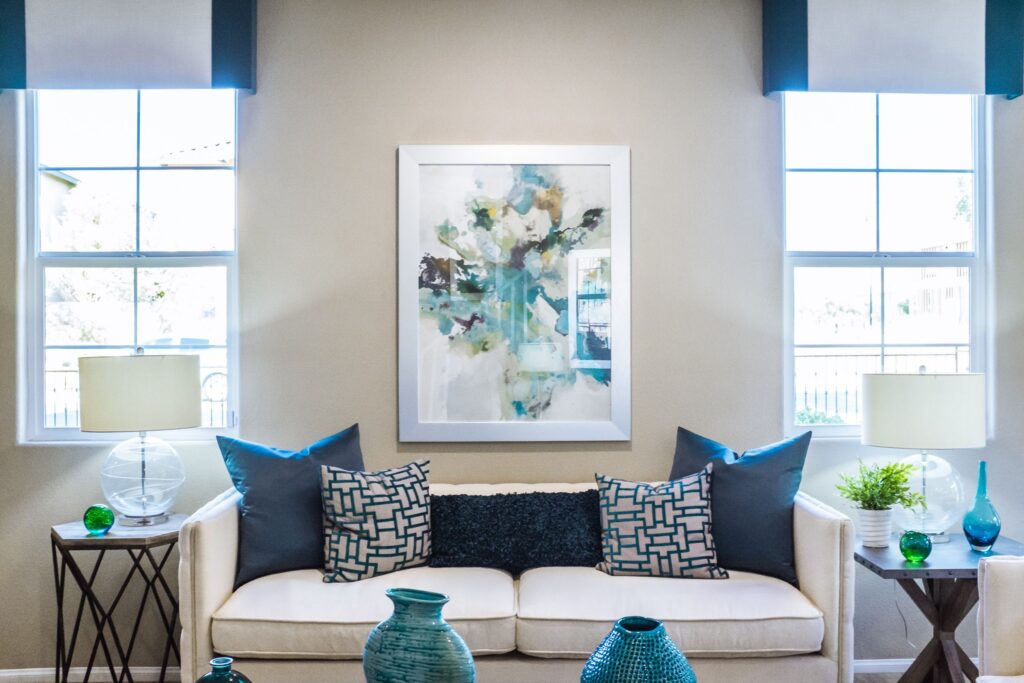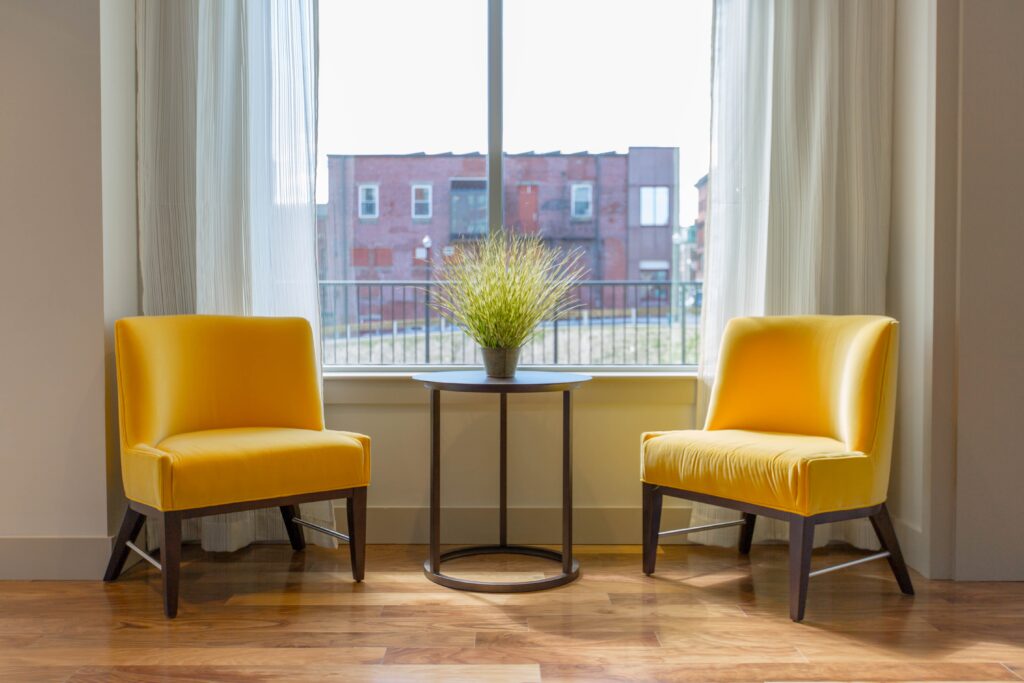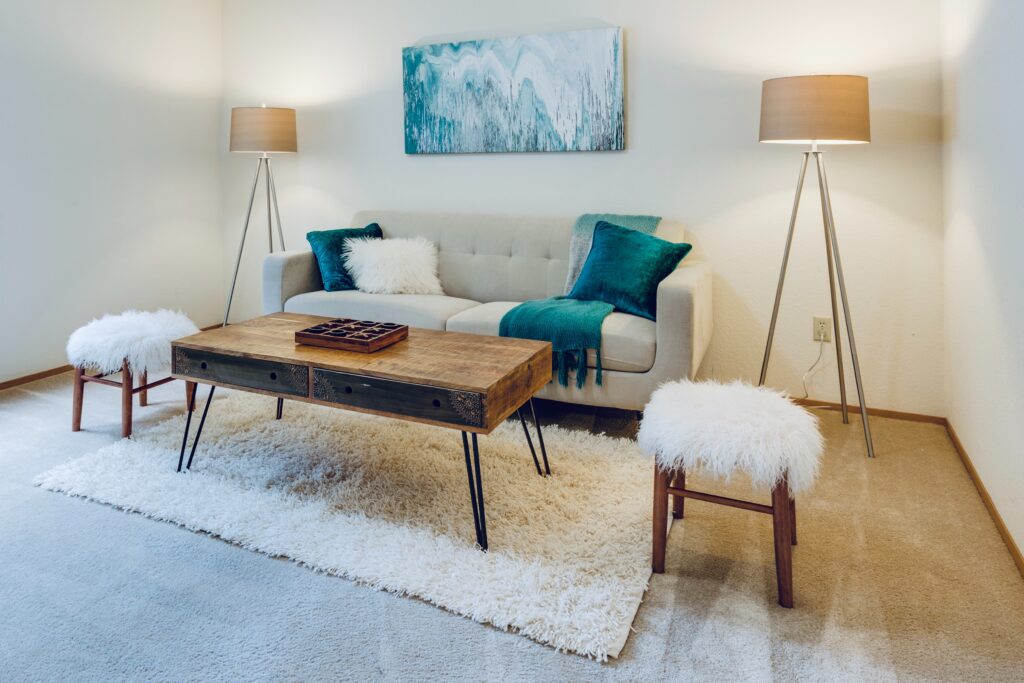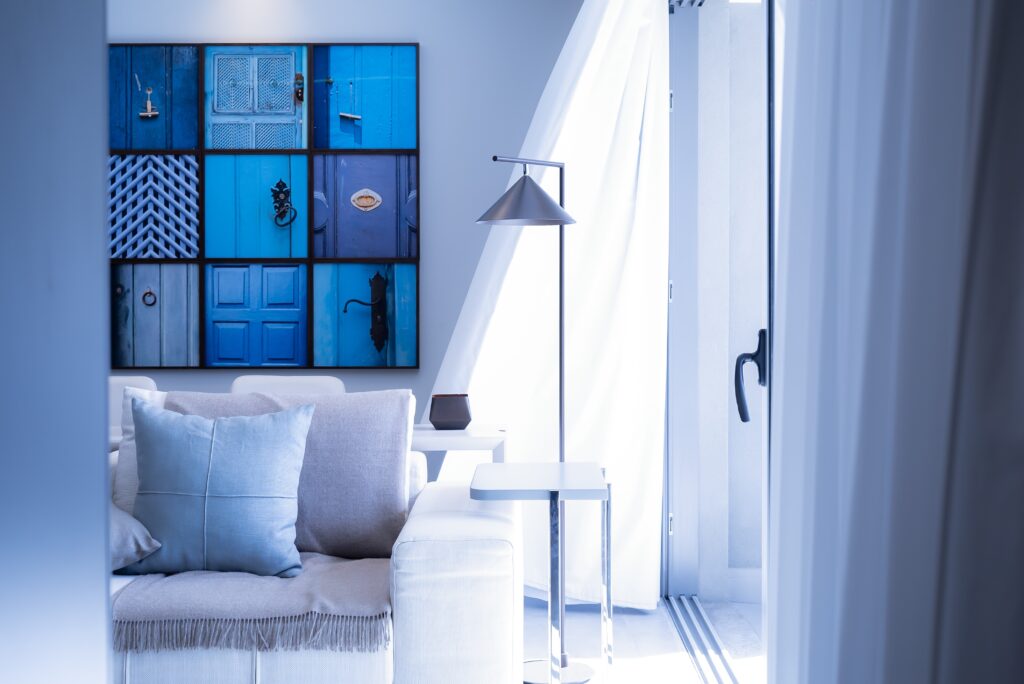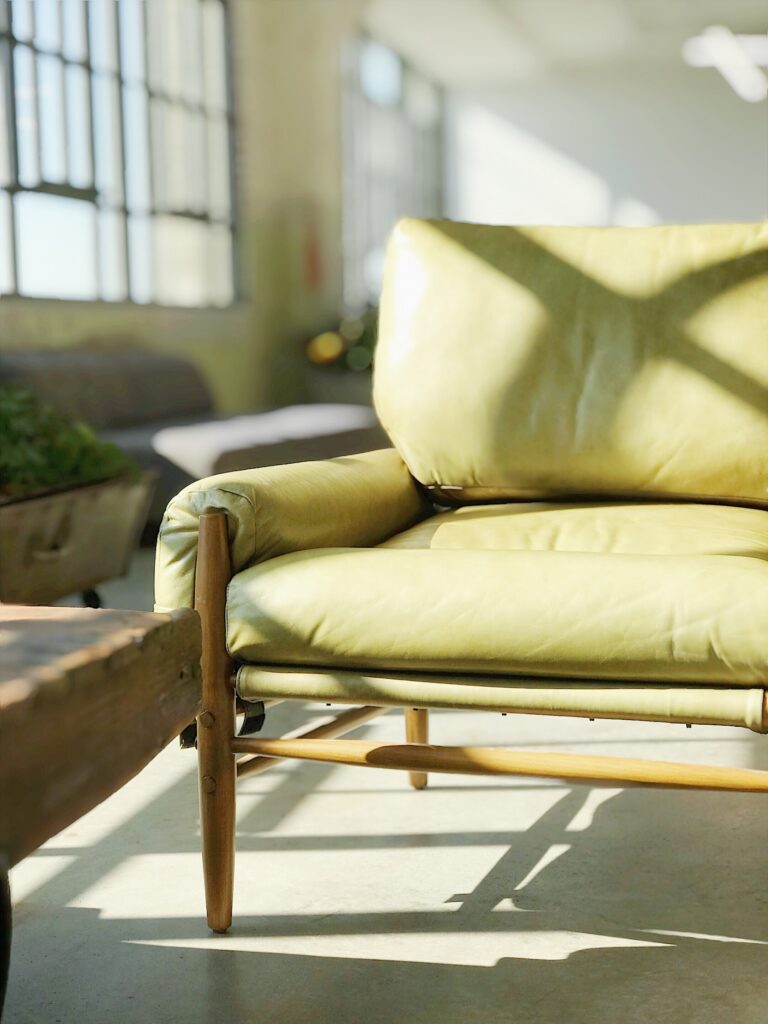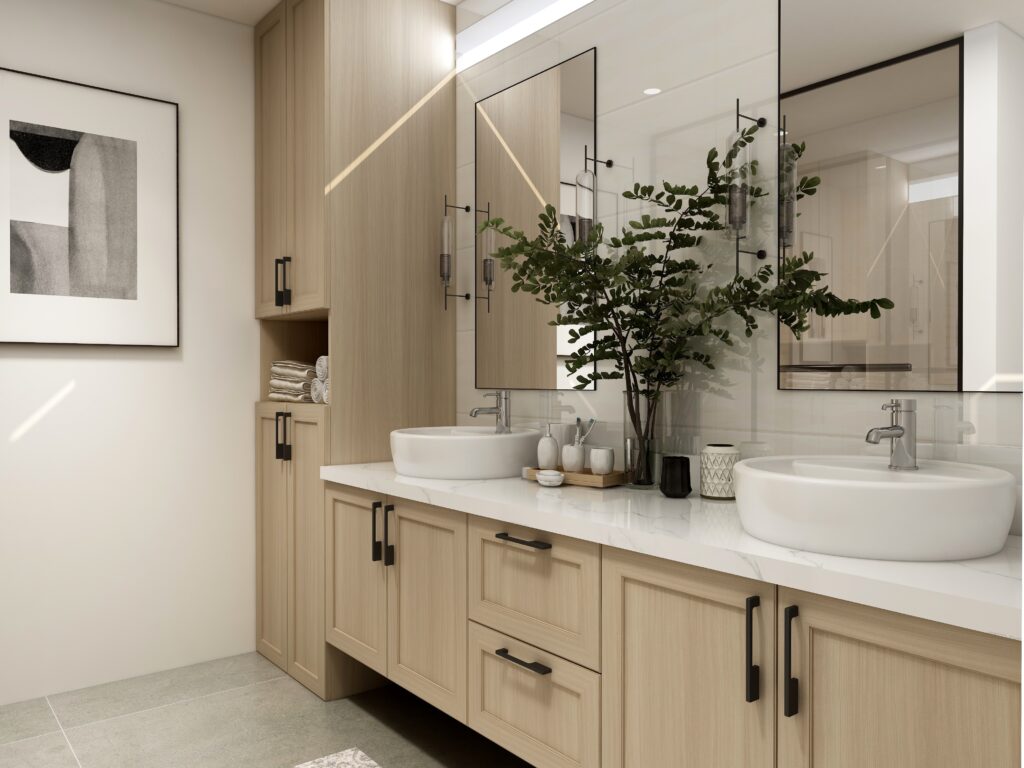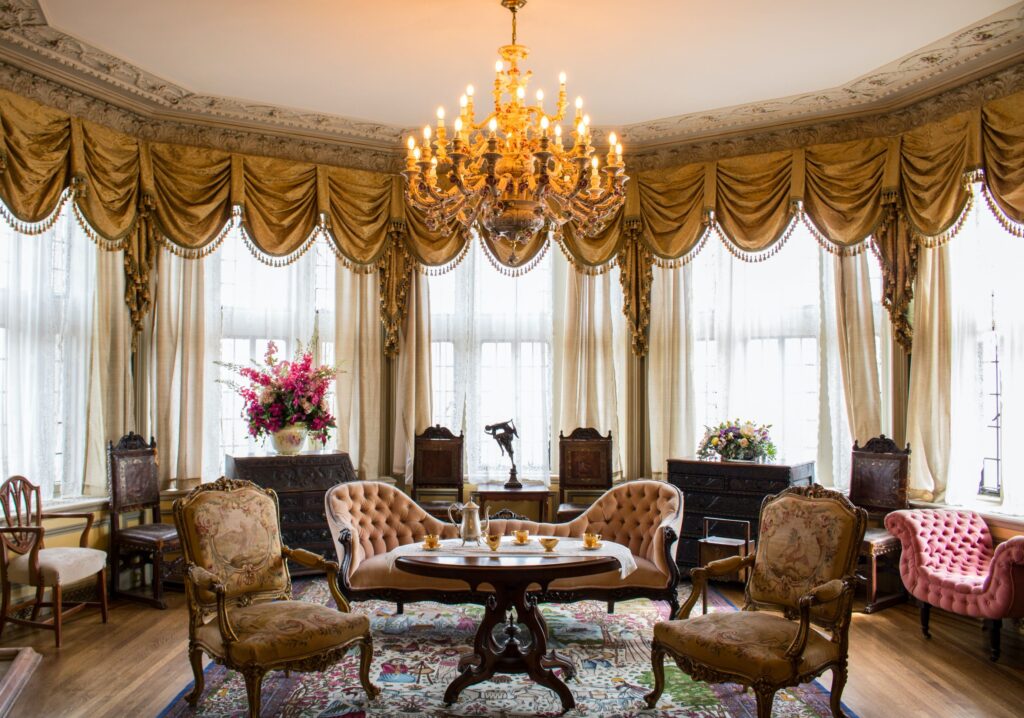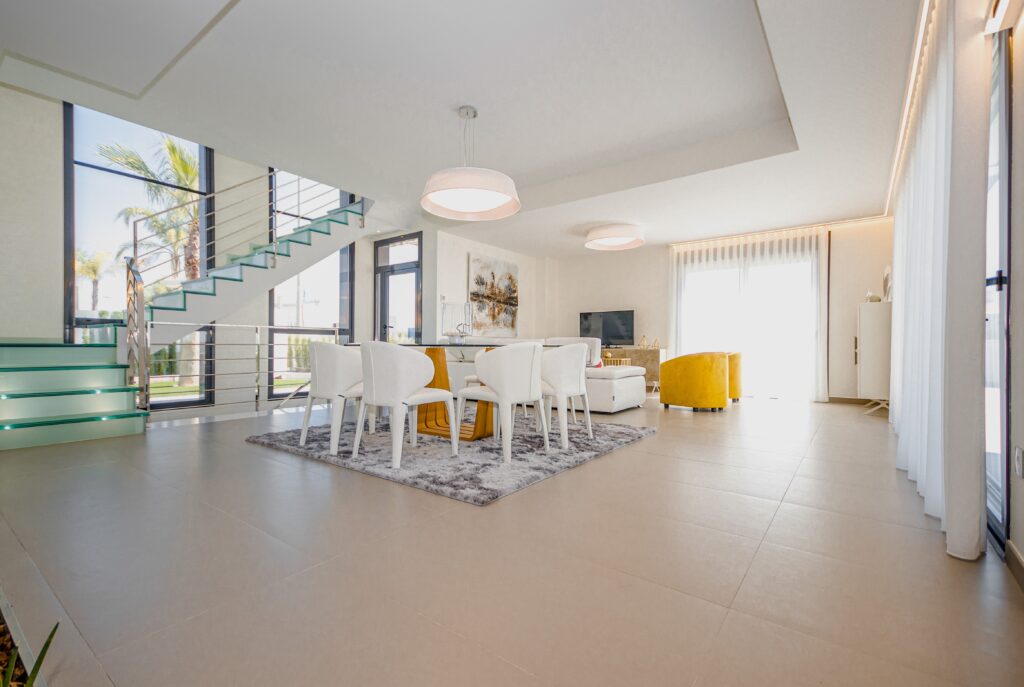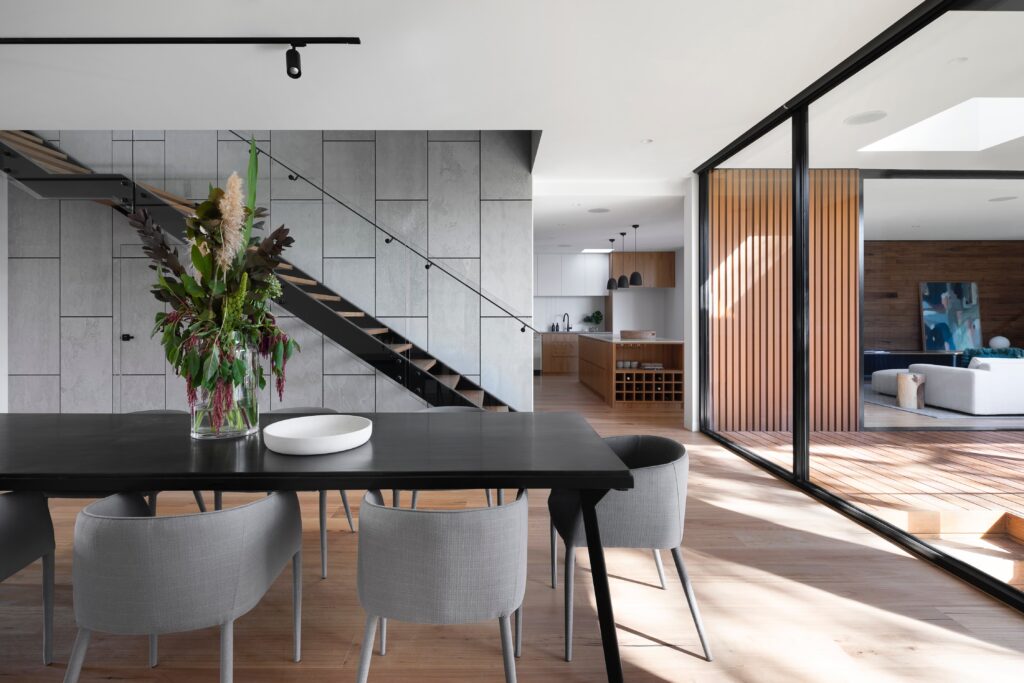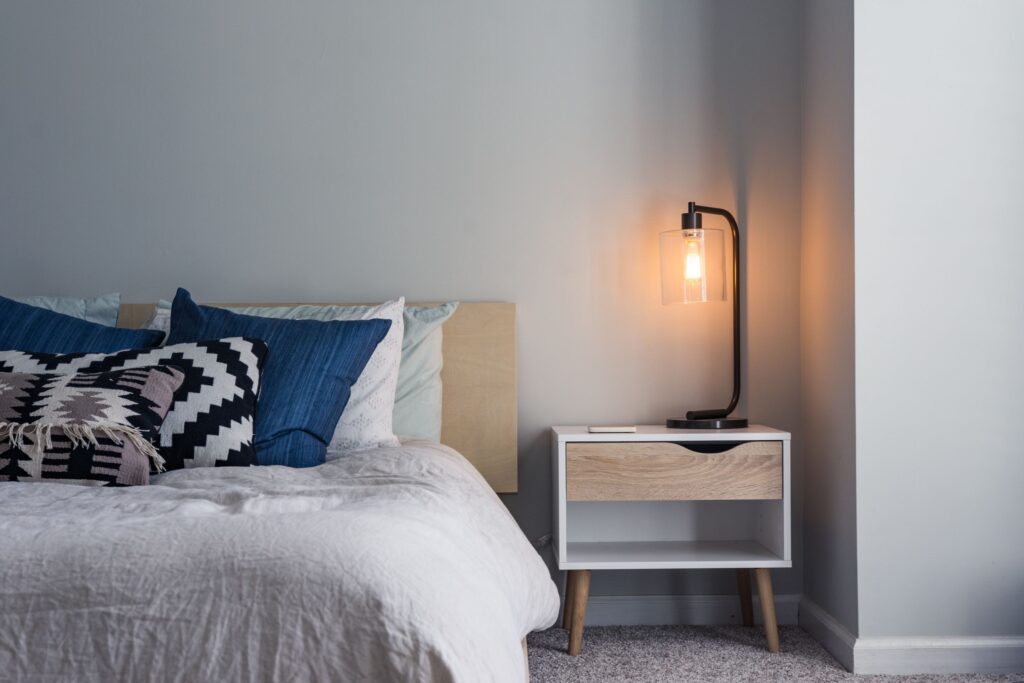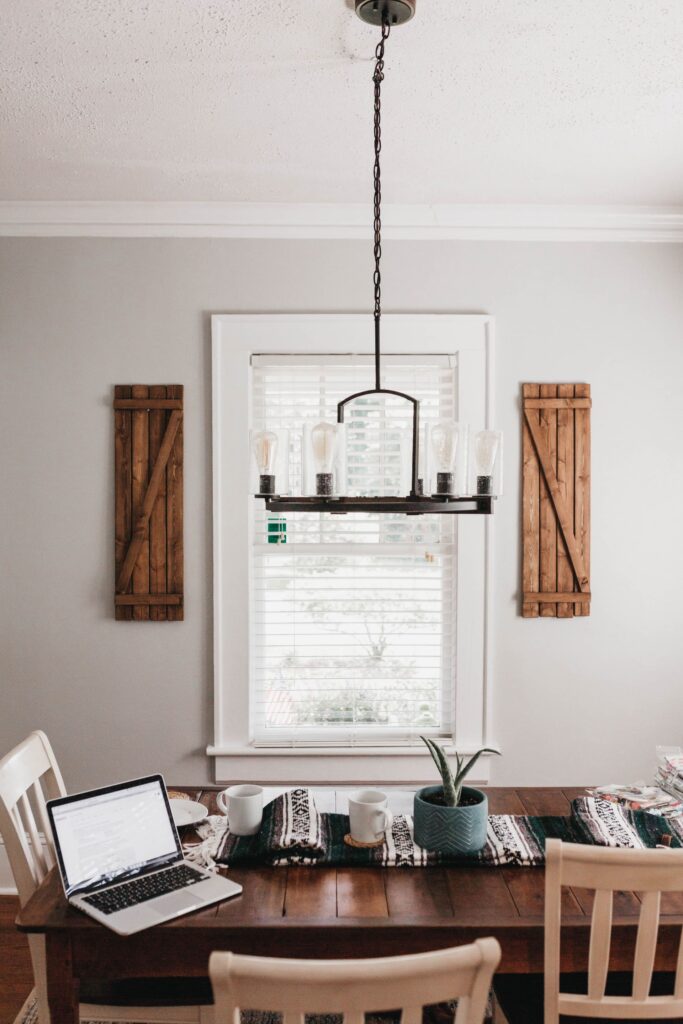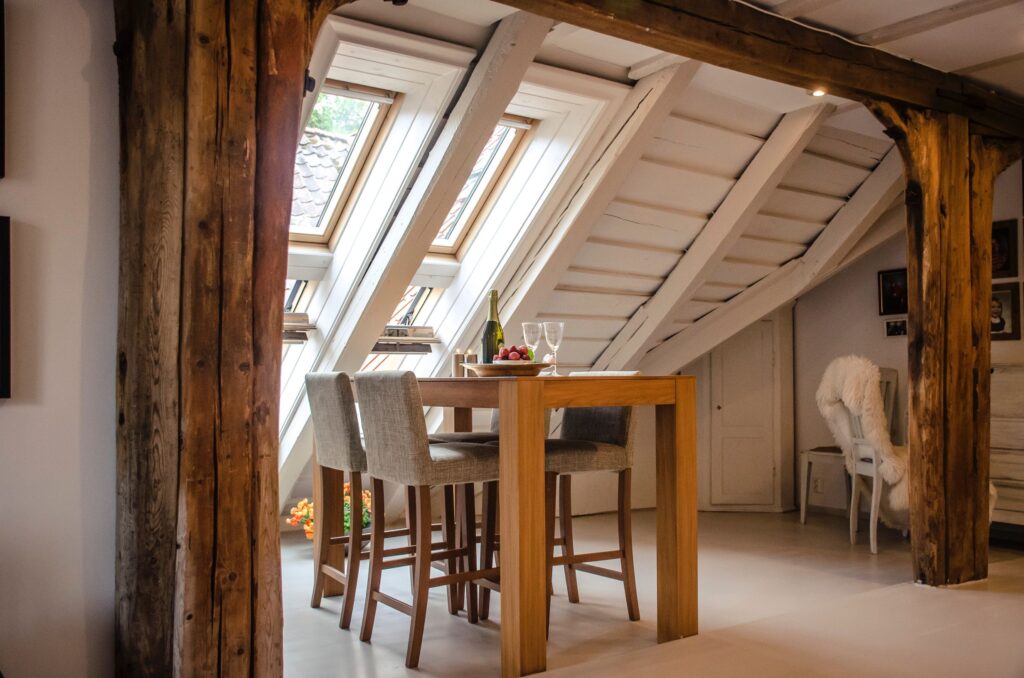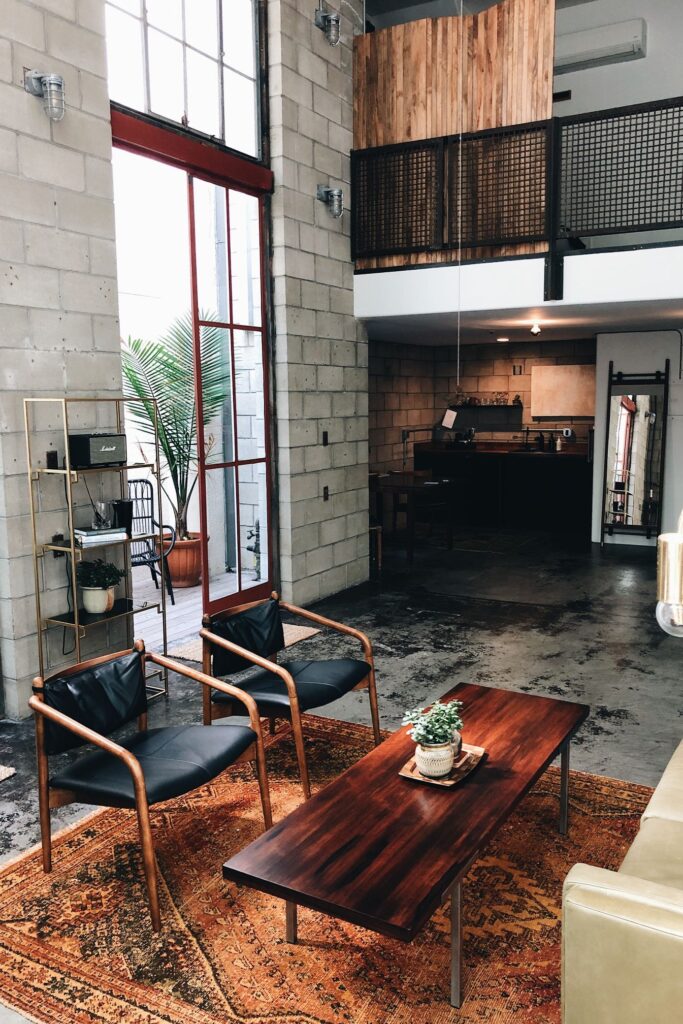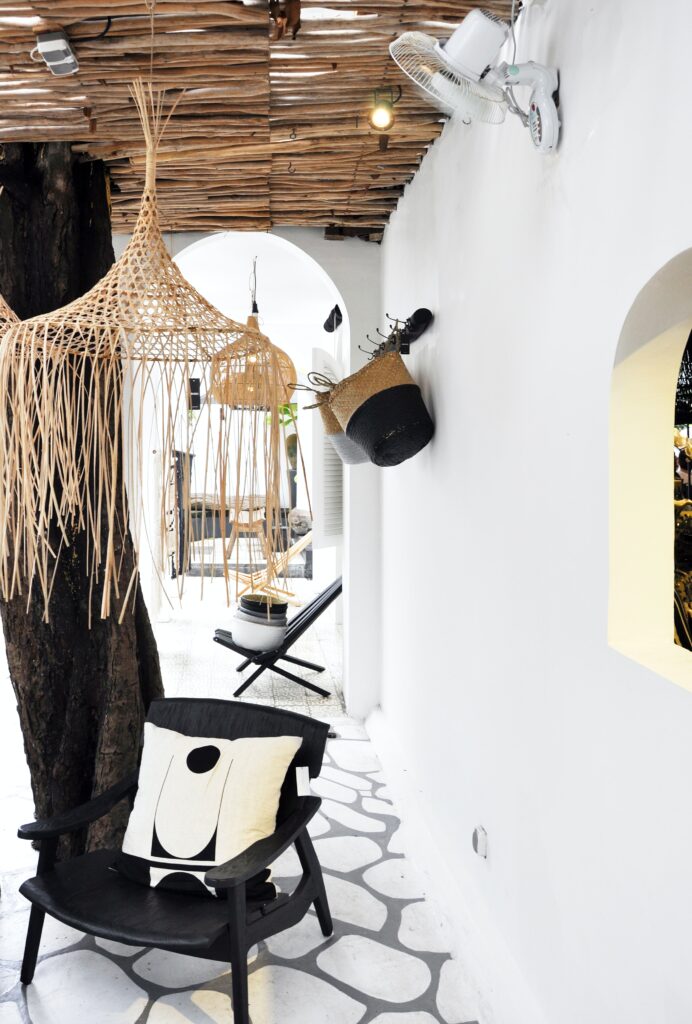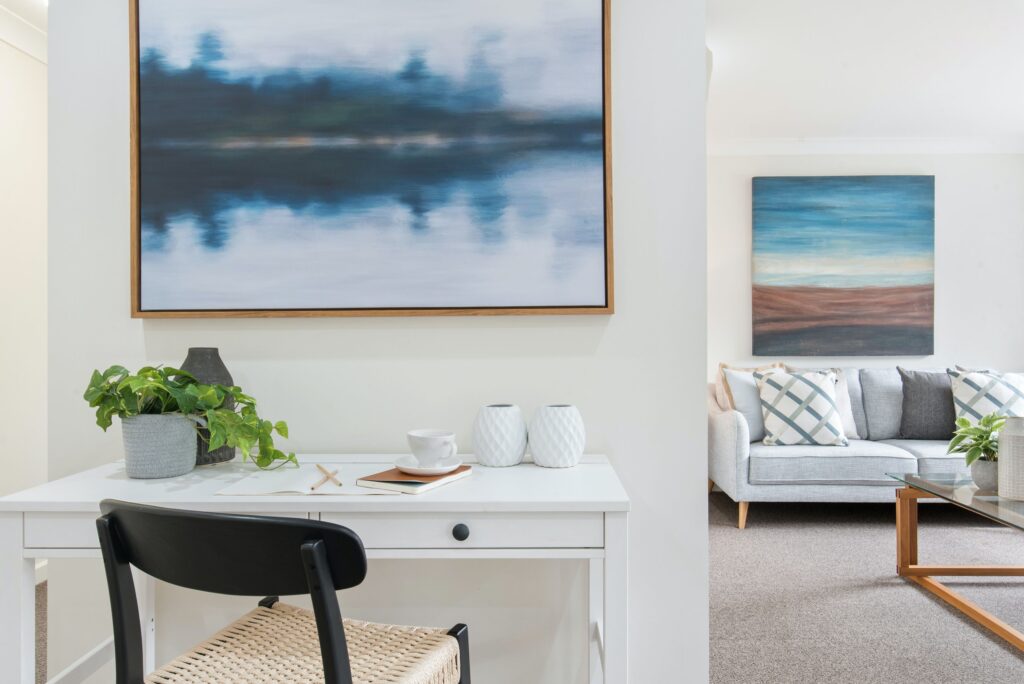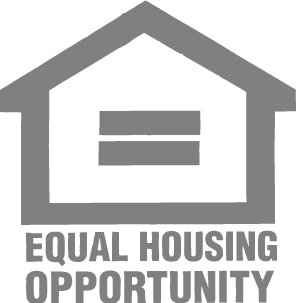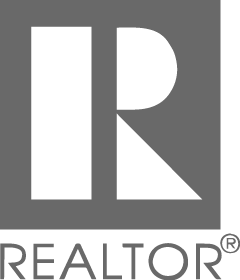Embarking on the journey of purchasing your first rental property is an exciting venture, and with careful planning and strategic decision-making, it can become a lucrative investment. As a brokerage that specializes in real estate investments and property management throughout Austin, TX, we’ve witnessed the triumphs of those who navigate this path wisely. In this blog, we’ll guide you through the best ways to buy your first rental property, ensuring a solid foundation for long-term success.
Define Your Investment Goals
Before diving into the market, it’s crucial to define your investment goals. Are you seeking steady monthly income, long-term appreciation, or a combination of both? Understanding your objectives will help shape your investment strategy and guide your property search.
Conduct Thorough Market Research
Knowledge is power in real estate. Conduct comprehensive market research to identify places in the greater Austin area with strong rental demand, potential for property appreciation, and favorable economic conditions. Analyze market trends, vacancy rates, and rental yields to make informed decisions.
Establish a Realistic Budget
Determine your budget for the investment, considering not only the purchase price but also additional costs such as closing fees, renovations, and potential holding costs. This will help you narrow down your options and prevent overextending financially.
Secure Financing
Explore financing options and get pre-approved for a mortgage. Knowing your budget and having financing in place will make your offers more attractive to sellers and streamline the buying process.
Work with a Knowledgeable Real Estate Agent
Collaborate with a real estate agent experienced in investment properties (hint, hint!). We can provide valuable insights, access to off-market deals, and negotiation skills that will maximize your investment potential. Leverage our expertise of the Austin area and its rental property market to make informed decisions throughout the buying process.
Consider the Property’s Potential for Growth
Look beyond the present condition of the property and assess its potential for growth. Properties in up-and-coming neighborhoods or areas undergoing revitalization often offer excellent investment opportunities. Consider the future development plans for the region and how they may impact property values.
Evaluate Cash Flow
Calculate the potential cash flow of the property by estimating rental income and subtracting operating expenses, mortgage payments, and property management fees. A positive cash flow is essential for the financial success of your investment.
Inspect the Property Thoroughly
Before making an offer, conduct a thorough inspection of the property to identify any potential issues. Addressing these concerns early on will save you from unexpected expenses and ensure the property meets your standards.
Build a Reliable Support Team
Assemble a team of professionals, including a property manager (TALK Property Management is our favorite), accountant, and real estate attorney, to support you in managing and protecting your investment. Their expertise will prove invaluable as you navigate the complexities of property ownership.
Plan for the Long Term
Finally, approach your first rental property purchase with a long-term perspective. Real estate is an appreciating asset, and success often comes to those who patiently hold onto their investments through market fluctuations.
Acquiring your first rental property in the Austin area is a significant milestone that can pave the way for financial success. By setting clear goals, conducting thorough research, and working with experienced professionals, you can confidently navigate the real estate market and build a profitable investment portfolio. Remember, patience and strategic decision-making are key to unlocking the full potential of your rental property investments.
Ready to start your first rental property search in Austin, TX? Contact us today–we’d love to guide you through the process: (512) 947-1828 or dbrown@talkpropertymanagement.com.

